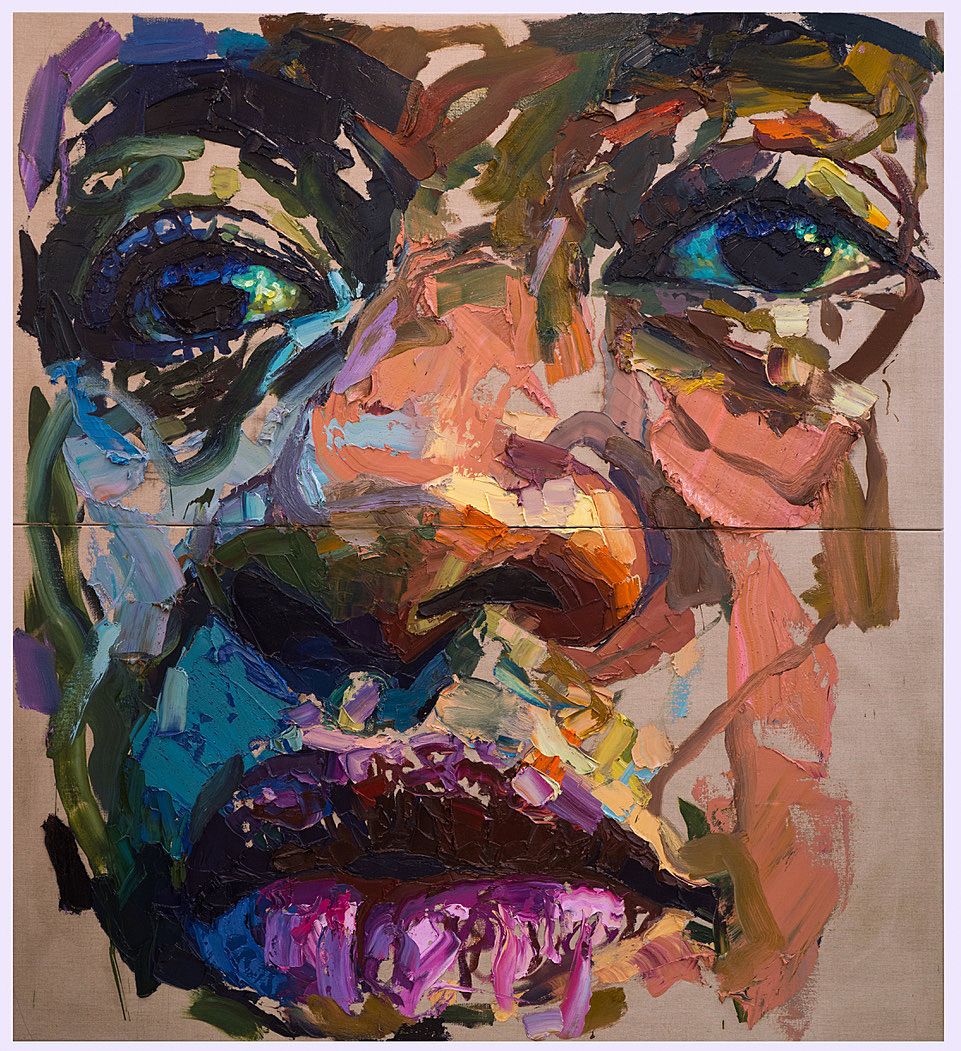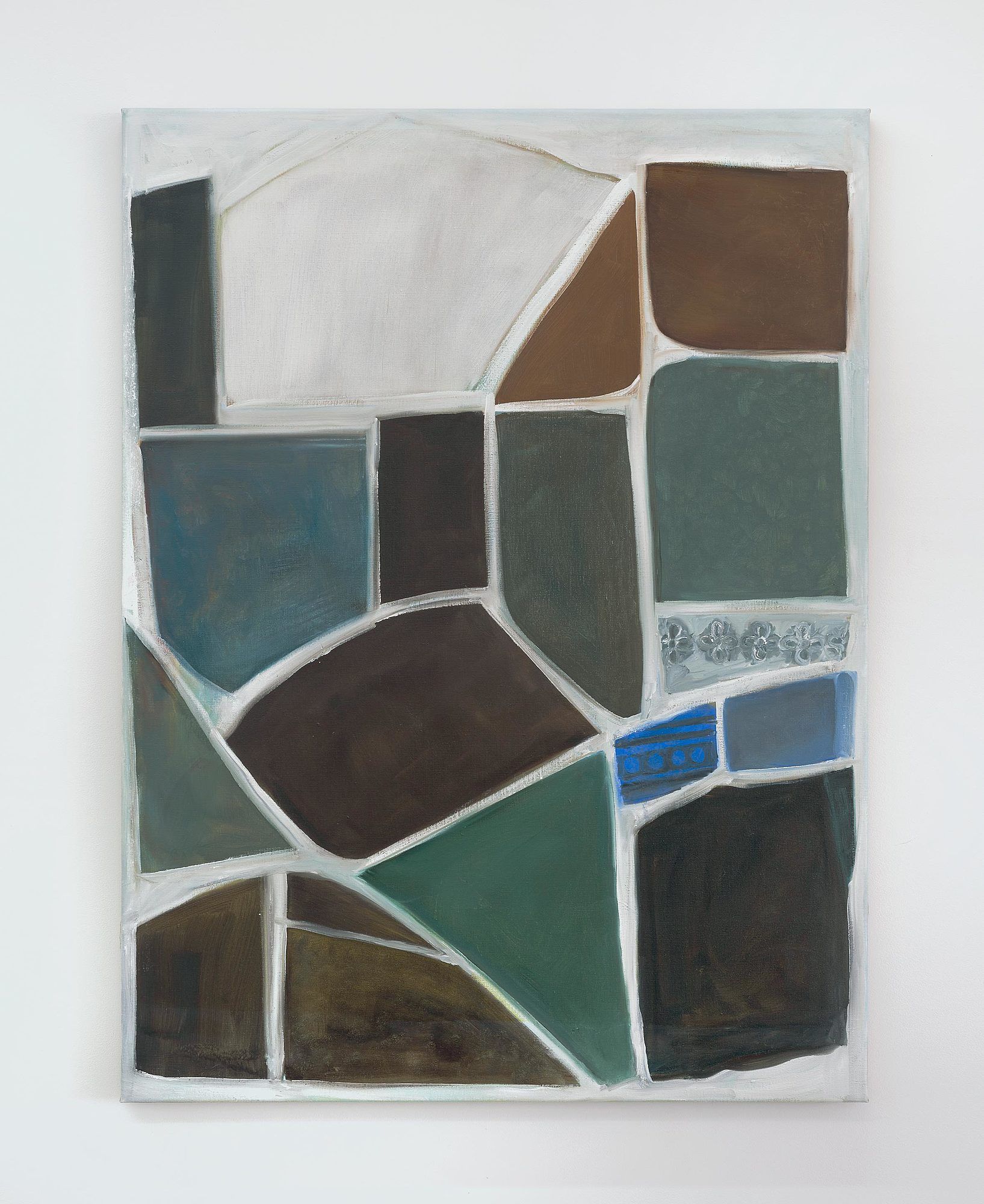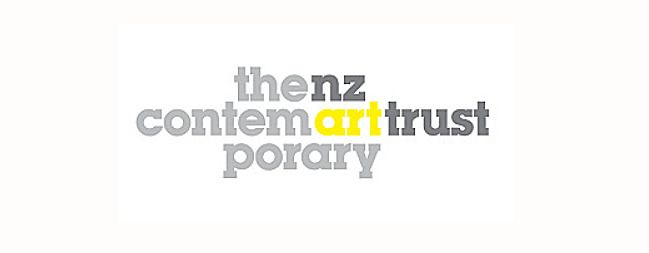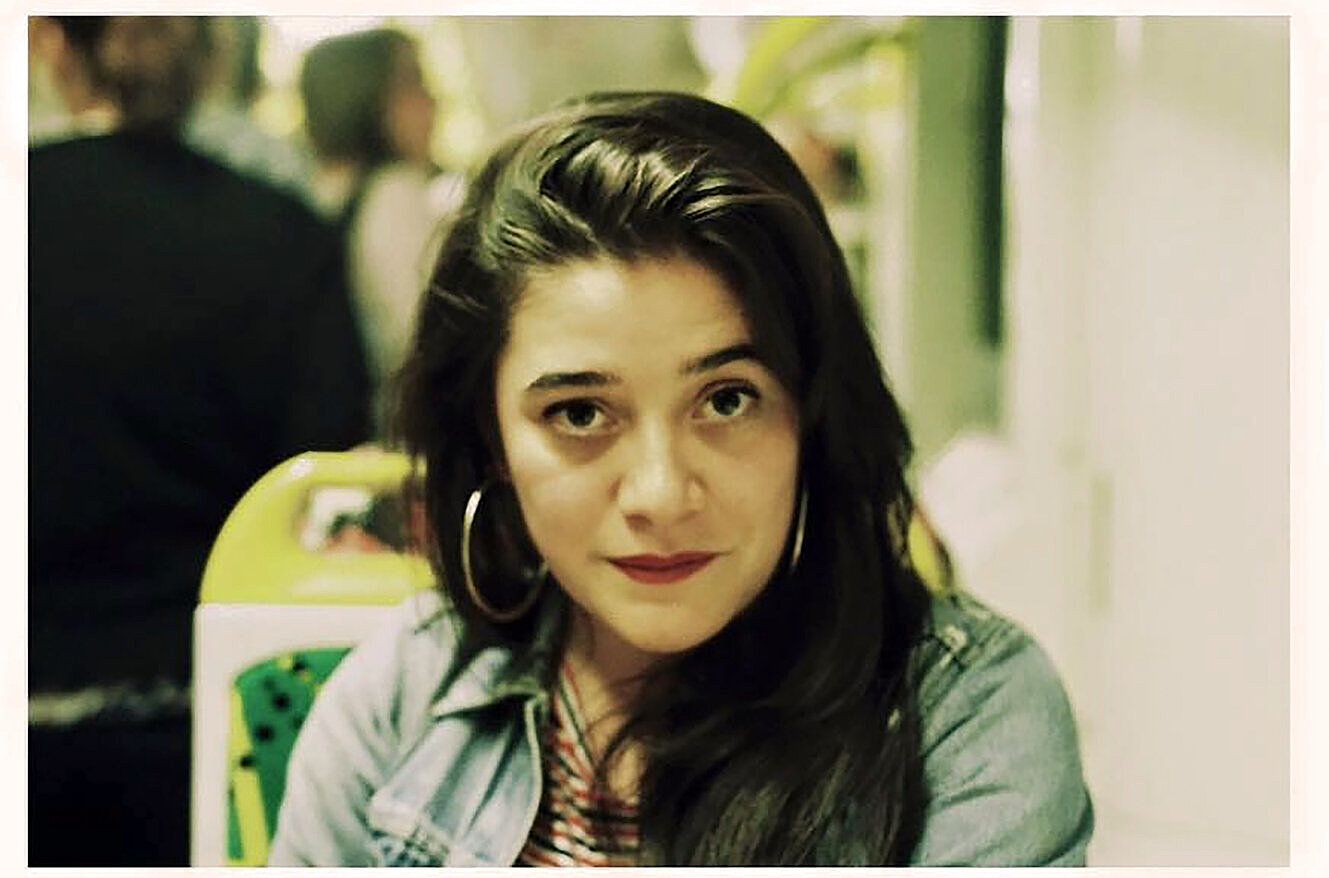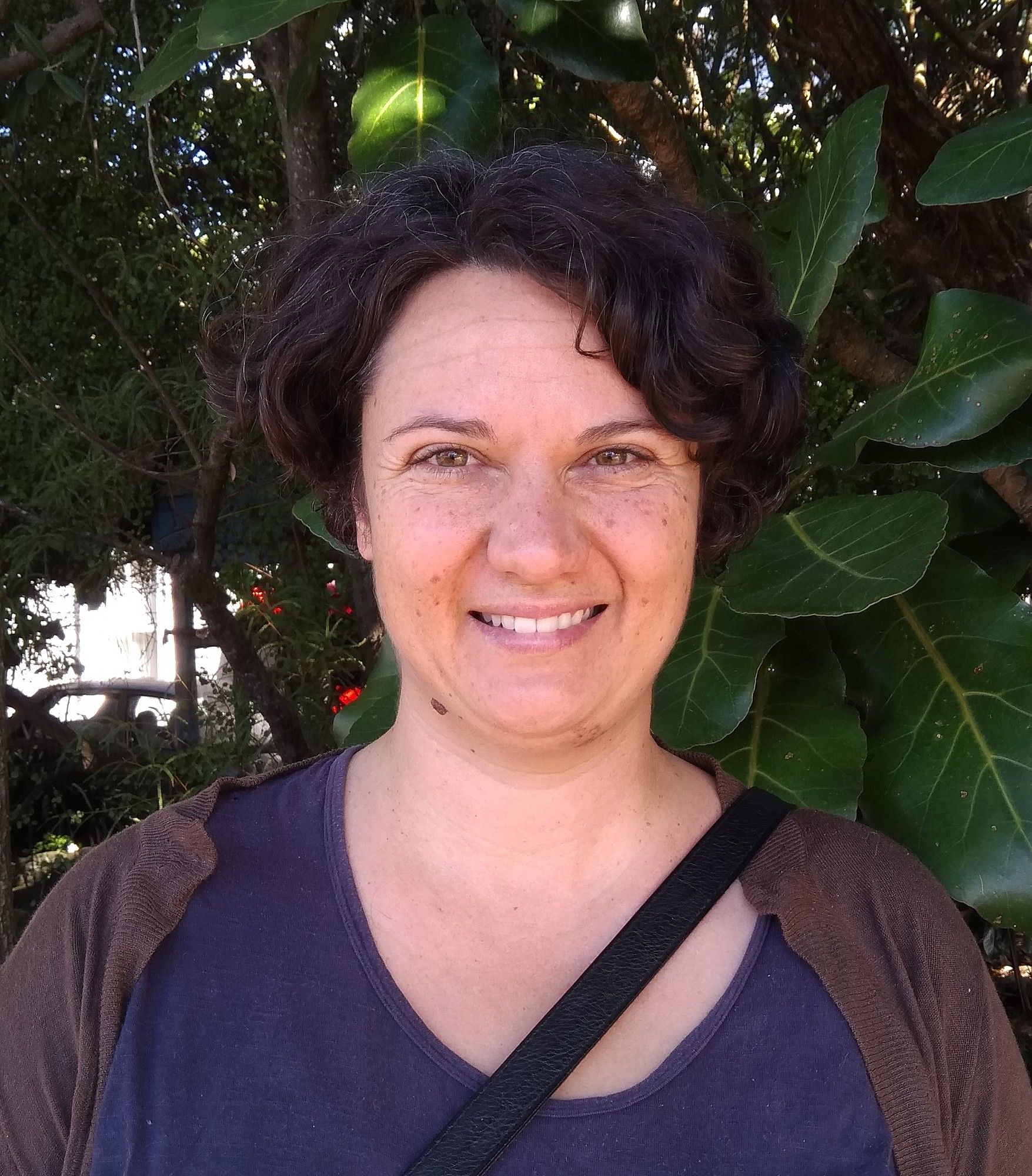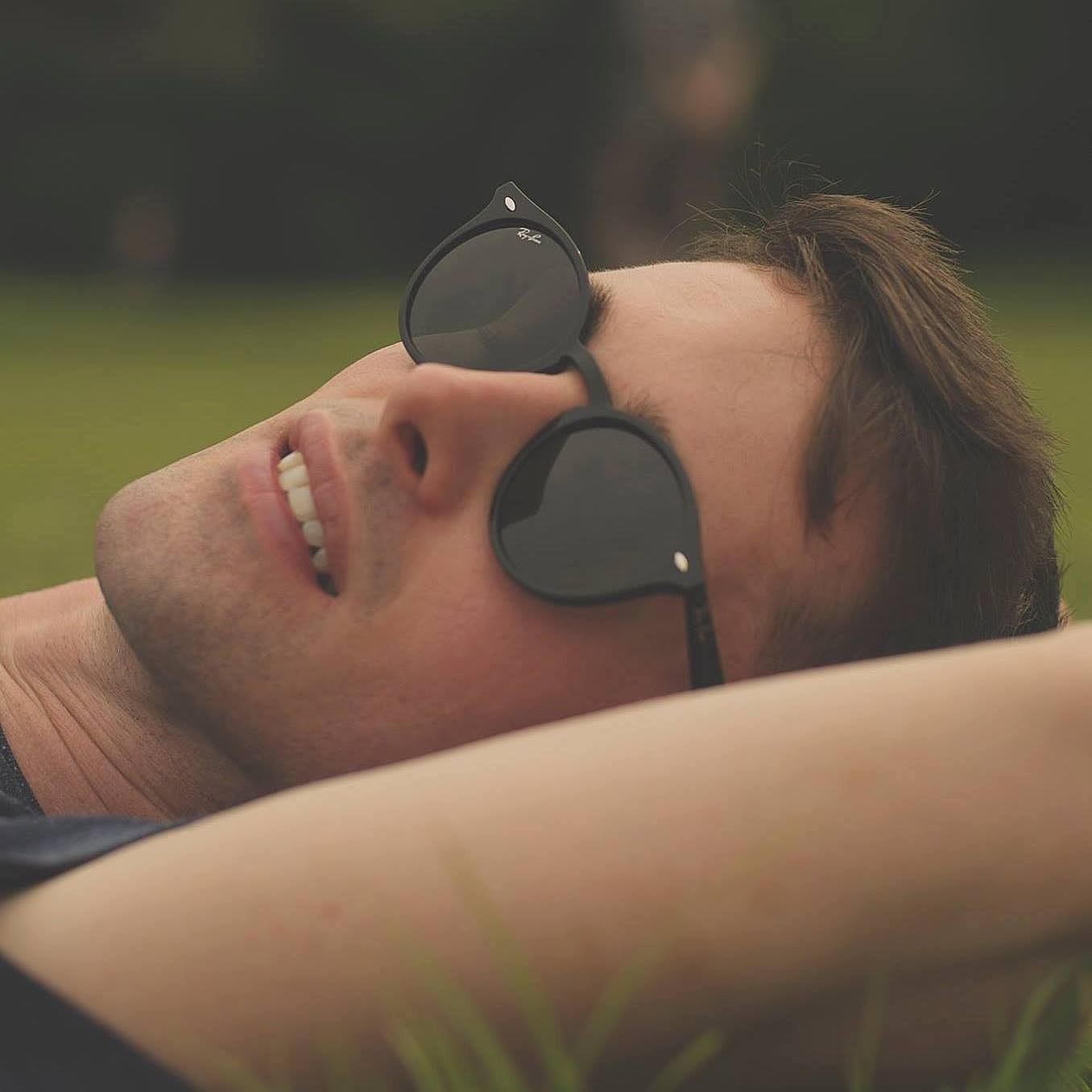The Unmissables: Artists to See in November
The best art on show online this month from artists and galleries in Aotearoa.
A monthly round-up of artworks from the dealer galleries of Tāmaki Makaurau that we keep returning to.
This month’s Unmissables provokes us to think about the arrival of a new generation of Māori artists, the one work in an exhibition that unlocks the whole, and rich, emotional depths as expressed through large, colourful, gestural portraits.
Instead of sticking solely to dealer galleries this month, Ngahuia Harrison, Francis McWhannell and Tulia Thompson have trawled the internet to showcase some of the best and most exciting artists in Aotearoa.
.
The current show at Tim Melville Gallery presents four up-and-coming Māori artists, Hannah Ireland (Ngāti Hine, Ngāpuhi), Maioha Kara (Waikato, Ngāti Kahungunu, Te Arawa, Ngāti Porou), Jamie Te Heuheu (Ngāti Tūwharetoa) and Tyrone Te Waa (Ngāti Tūwharetoa, Ngāti Hine). The exhibition text explains that the inspiration for the title came from the short-story collection by Witi Ihimaera called The New Net Goes Fishing. The text describes the significance of ‘the new net’ as symbolising a coming of age – the arrival of a new generation that isn’t a replacement, but a contingent of fresh support.
There are formal pairings in the exhibition. The pared-back works of Kara and Te Heuheu complement the animated assemblages of Te Waa and Ireland. Kara’s birch wall works are read as tukutuku panels or as whakairo, but in the glittery geometry they are also doing their own thing. Whatever the descriptor used, Kara’s work carries that coercion of whakairo that makes you want to trace the wooden grooves with your fingertips. Similarly, the tactile nature of Te Waa’s installation has you wanting to rub the head/foot/limb/belly/finger of Mummy or to throw an arm around Untitled (Old Comrade).
Te Waa’s structure extends the stage for Ireland’s painted faces, where again bodies are jumbled and called into question – in works like I only take my socks off to shower. Ireland obscures the view in her paintings on recycled glass, now a mirror or a window into the artist’s questions about identity and psyche. Te Heuheu’s paintings might also capture you in an existential looking-glass, reflecting on ideas of self, universe and time as you linger in the red void of Untitled.
A net was a prized possession. A net was your marketplace, your stock exchange, sustenance, your livelihood. Nets were works of art with a revered function – they kept you fed. Different nets had different purposes and methods for particular tides, fresh and sea waters, as well as various species of seafood. A new generation of artists will also be particular in its methods, as well as the conversations it captures. This is clear in A New Net, a hearty kupenga that continues the work already started – but with a few new and exciting tricks of its own. – NH
Hannah Ireland, I only take my socks off to shower, 2021
Gallerist Sarah Hopkinson comments to me that in a show by Milli Jannides, there is often one work that unlocks the whole. In Far Flung, she suggests, the work might be Poem Pieces. Like the six other paintings in the exhibition, it is on a human scale, a canvas you could almost embrace. I think of a wall in Portugal, a country where Jannides lived for several years. Large stones set into plaster. Tiles with unassuming motifs. Mutable colour in shifting sunlight. But it’s the sense of agglomerated fragments that can be understood to key the show.
Hopkinson makes mention of The Archaeology of the Self, an online course involving collage and journaling in which Jannides participated during a lockdown, and her ongoing interest in writers like Anaïs Nin, famous for her sensually written diaries. The reference points are compelling. Jannides’ work often seems to synthesise disparate shreds of experience – not only of tangible places, like the kitchen, garden and street, but also of the inside of her head. It tends to feel deeply introspective, deeply intimate.
Far Flung is marked by a pervasive quality of familiarity. I keep wanting to draw connections with other artists. Medium W, for instance, with its mother and child formed from concrete ribbons and hovering over a field of diaphanous colour, calls to my mind Henri Matisse and Séraphine Pick. But such associations are likely imposed rather than inherent. Hopkinson notes that Jannides’ practice is largely self-contained and seldom actively referential. Even Nothing Toulouse negates as well as avows an association with Henri de Toulouse-Lautrec.
No doubt, I would do well to dwell on other impressions. That the paintings in Far Flung seem curiously out of time, neither of the moment nor retrospective. That forms, no matter how legible, often feel emergent and improvised. That subjects remain indefinite. Made up (of) is a theatre packed with squared spiral spectators, and it is nothing of the sort. The green expanse of Summit might be a mountain or a state of being (certainly, a visage ghosts the peak).
Perhaps the most striking aspect of Far Flung is the extraordinary heterogeneity of the works. Jannides’ painting has long shown great variation in style and temperament, but, here, the uniform scale drives home the point. I think suddenly of the Portuguese writer Fernando Pessoa, famous for his ‘heteronyms’, his multiple authorial personae. Far Flung, too, might represent a compilation of selves. Akin and contrasting. Found and constructed. Within the one body and mindfully discrete. – FM
Milli Jannides, Poem Pieces, 2021
Jack Trolove’s stunning exhibition Keening is medicine for the months we've spent languishing in the second lockdown – large, colourful, gestural portraits that brim with aliveness. During the five days it was open in Tāmaki Makaurau, I took the lightning-quick opportunity to see it before it travelled on to Te Manawa Museum.
The portrait Sung from gold seamed clay captures a close-up of a face with brown eyes holding an expression of calm knowing. It is overlaid with gold, yellow and pale blue that create a feeling of joy. Another portrait, Tides, captures eyes awash with tears. Trolove says, “I try to make paintings that remind us how much emotional muscle we have.”
On the Whitespace website, Trolove says the paintings “work as thresholds”. There is a sense of this in the way brilliant-hued impasto marks shift – with distance – into faces. His portraits show rich, emotional depths. Keening, the title of the exhibition, is a wail of grief or loss – perhaps summoning the powerful work of witnessing emotional pain. Trolove says the exhibition acknowledges the ‘transformational practices’ at significant thresholds, the work of midwives, kaikaranga, choreographers and healers.
The portrait Arc captures the brown-black eyes and full lips of a young woman. Her lips are the colour of a peony, palest pink through mauve and deep red. From some angles, she looks tired. From another, she looks calm and resolute. Pale aqua plays across her face. She looks familiar. Is it just the magic of capturing authentic expressions that makes portraits act as mirrors? She looks into the near distance as if watching the first pink of dawn. – TT
Jack Trolove
Te Manawa Museum, Palmerston North
11 December – 29 April 2022
Jack Trolove, Arc, 2021
*
The Unmissables is presented in a partnership with the New Zealand Contemporary Art Trust, which covers the cost of paying our writers. We retain all editorial control.
Feature image: Jack Trolove, Arc, 2021
